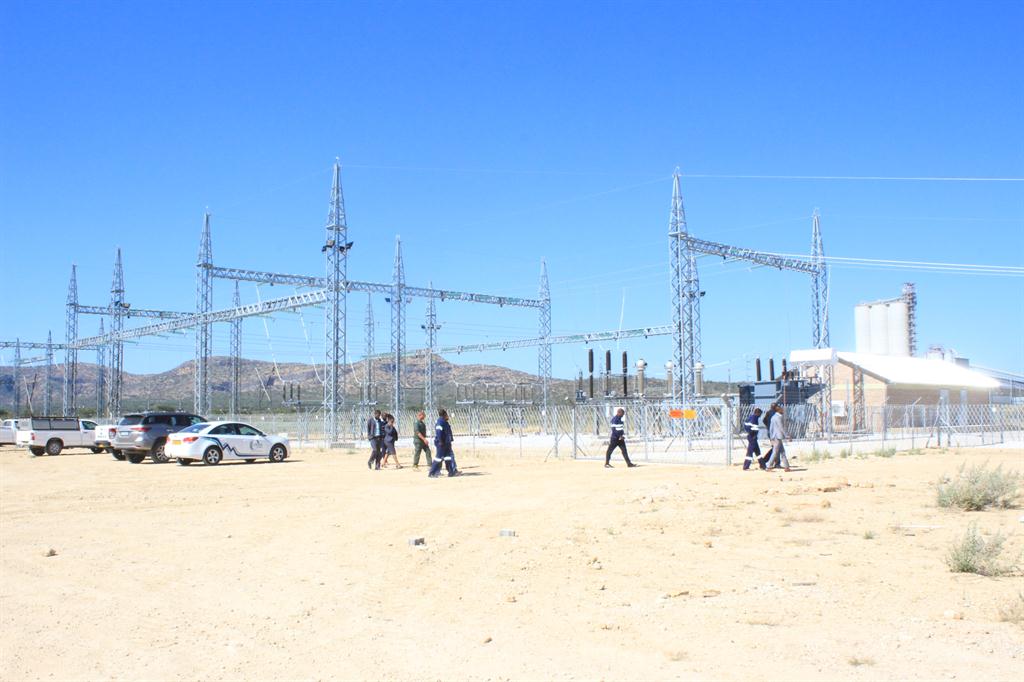Solar power dims ECB revenue
The Electricity Control Board (ECB) recorded revenue of N$86.3 million for 2018/19, an increase of 3.6% compared to the previous financial year.
The ECB’s main source of revenue is levy income, based on actual volumes of electricity supplied by NamPower and by licences embedded or isolated generators.
According to the ECB 2018/19 annual report, the levy increased by 6.7% from the beginning of July 2018.
Actual volumes of electricity supplied decreased by 12% compared to the previous book-year. This is mainly attributed to the increasing renewable energy generation from which no levy income is derived.
The combined factors of the decrease in volume and the increase in levy resulted in a 4% increase in levy income for the period under review.
The ECB’s operational costs increased from N$58 million from N$63 million for the year under review. This translates into an increase of 8%, which is mainly due to inflation.
Under-expenditure
“The project cost for the ECB increased by 15% because more activities have been executed during the period under review compared to the previous financial year.
“The budget under-expenditure of 45% is mainly due to some projects not started as planned during the period under review because of their dependency on the completion of other projects and events,” the reports states.
The ECB approved distribution tariffs for 33 distribution licenses.
The tariffs for distribution licensees, regional electricity distributors (REDs), local authorities and others were reviewed after the NamPower tariff increase was announced in 2018. The distributors were granted varying tariff increases according to their specific revenue requirements.
For the period under review the highest pre-paid tariff approved of N$ 2.68 per kilowatt (kW) was for Aranos town council and the lowest was for Oranjemund town council approved at N$1.55 per kW.
“During the period under review, the national end-user tariff was N$2.41 per kW, an increase of 4% from N$2.31 per kW from the previous period,” the report states. - Nampa
The ECB’s main source of revenue is levy income, based on actual volumes of electricity supplied by NamPower and by licences embedded or isolated generators.
According to the ECB 2018/19 annual report, the levy increased by 6.7% from the beginning of July 2018.
Actual volumes of electricity supplied decreased by 12% compared to the previous book-year. This is mainly attributed to the increasing renewable energy generation from which no levy income is derived.
The combined factors of the decrease in volume and the increase in levy resulted in a 4% increase in levy income for the period under review.
The ECB’s operational costs increased from N$58 million from N$63 million for the year under review. This translates into an increase of 8%, which is mainly due to inflation.
Under-expenditure
“The project cost for the ECB increased by 15% because more activities have been executed during the period under review compared to the previous financial year.
“The budget under-expenditure of 45% is mainly due to some projects not started as planned during the period under review because of their dependency on the completion of other projects and events,” the reports states.
The ECB approved distribution tariffs for 33 distribution licenses.
The tariffs for distribution licensees, regional electricity distributors (REDs), local authorities and others were reviewed after the NamPower tariff increase was announced in 2018. The distributors were granted varying tariff increases according to their specific revenue requirements.
For the period under review the highest pre-paid tariff approved of N$ 2.68 per kilowatt (kW) was for Aranos town council and the lowest was for Oranjemund town council approved at N$1.55 per kW.
“During the period under review, the national end-user tariff was N$2.41 per kW, an increase of 4% from N$2.31 per kW from the previous period,” the report states. - Nampa




Kommentaar
Republikein
Geen kommentaar is op hierdie artikel gelaat nie